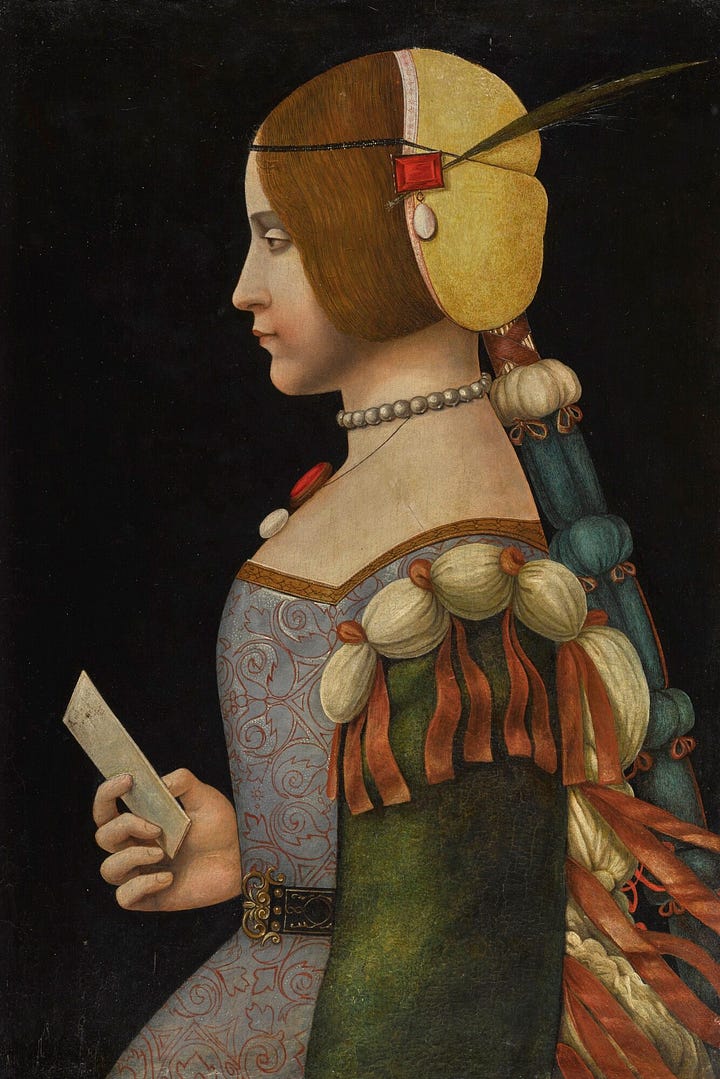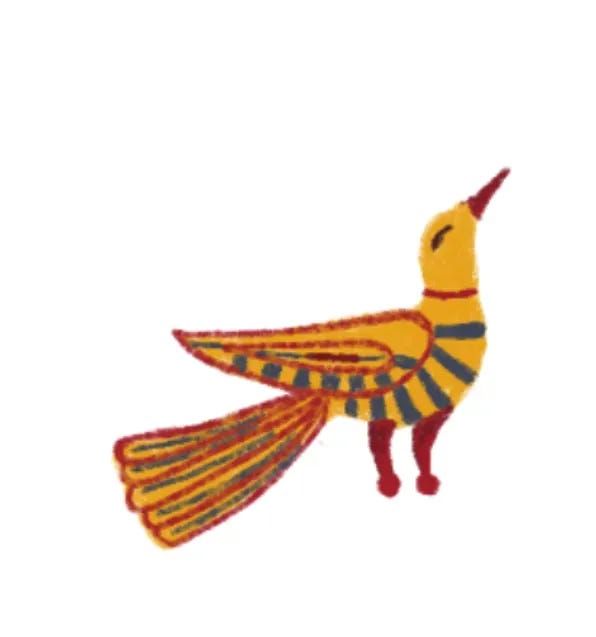“I have to go buy the cunfiet’!” my mom told us two years ago, a few months before our cousin’s wedding. Another cousin was hosting the morning of for the usual toast before the ceremony, and a few people were lending a hand with the preparations. The confetti - cunfiet’ in dialect - were my mom’s responsibility. I mentioned these candied almonds briefly in my latest newsletter on the “big Italian wedding,” because it has been common practice to offer these to guests. According to tradition, each guest should receive 5 confetti as a wedding favour, symbolizing the gifts of health, fertility, longevity, happiness, and wealth for the married couple. As I mentioned in my footnote, though, I’ve noticed that the practice has kind of fizzled out.
Since I did a bit of research on the history of these little treats, but decided to not include it all in the newsletter, I figured I would offer a quick “deep dive” into the subject for this week’s Sunday Story.

“These innocent-looking, snow-white sweets had long been the ammo of choice when it came to hurling edibles at festive celebrations. […] A cascade of foodstuffs was a hint to the newly betrothed: be fruitful and multiply.” Christa Weil Menegas for Atlas Obscura


As a kid, I saw many confetti bomboniere keepsakes in relatives’ homes. The tulle always a little dusty and the sweets questionably old. Because they were used in this decorative (and symbolic1) way, for a while, I didn’t think that confetti were edible. I may have also continued to question their edibility when I almost cracked a tooth trying them for the first time. However, as a sucker for almonds and anything sweet, I figured out my technique: letting the sugar melt in my mouth for a bit before chewing. At that point, it was still common practice to tie a little tulle bag of confetti to the bomboniere: my parents got to keep the random trinket - espresso cups (these were all the rage), wine stoppers, those glass bonsai trees - and we got the sweets.2
Digging Deeper
Confetti, it turns out, have a really long history. In the Italian context, many sources trace them back to Ancient Rome. However, the practice of throwing food in celebration is not unique to Italy or Ancient Rome: other wedding traditions “included hops in Slavic countries; shortbread in Northern England; and raisins, figs, and dates in Morocco.”3 In Ancient Rome, as in many Mediterranean societies at the time, honey was the main sweetener.4 So the first almond confetti were wrapped in a mixture of honey and flour and already being used to celebrate weddings and births.
Other origin stories point to examples of honey-coated anise and coriander seeds, which were expensive treats popular with nobles in the 13th century. These were said to be inspired by the candied pine nuts, fennel seeds, and fruits that the Genoese had started importing from Arab and Turk merchants. Some say that this practice came from Persian physician Al Razi,5 who covered bitter medicine with something sweet for young patients. Finally, I also saw some sources cite the 1491 wedding of Beatrice d’Este and Ludovico Sforza as the moment confetti went mainstream: apparently, they served 300 golden confetti to their guests and set the bar for all future noble/elite receptions and galas.


The history of confetti isn’t just centred around weddings, though: “These innocent-looking, snow-white sweets had long been the ammo of choice when it came to hurling edibles at festive celebrations.”6 Though for weddings, the candy-covered seeds and nuts could be a rather obvious hint to “be fruitful and multiply,” confetti would be thrown at other public events as celebratory, as appeasement for the masses, or even to grab the attention of someone cute.7 Today, the celebratory aspect of throwing confetti has been replaced with the less painful paper product of the same name.
Our coloured paper confetti hasn’t replaced the symbolic use of sugared almonds, though. I also found that a variety of colours were used for different milestones:
Blue and pink for births
Multicolour for birthdays
White for sacraments and 60th wedding anniversary
Green for an engagement or 40th anniversary
Red for graduation
Silver for 25th anniversary
Gold for 50th anniversary
The confetti we know today were first produced in the 15th century in Sulmona, Abruzzo. There, evidence in the City Hall archives dates them to 1492 or 1493. It is also at the local monastery di Santa Clara that confetti were first used to prepare rosaries and decorative items, like the flowers in the photos above.
Confetti, like so many ancient food traditions in Italy, is deeply tied to other Mediterranean cultures and histories through trade, travel, and conquests. Do you have something similar in your culture?
People throw things - sometimes food - in celebration, but also in protest. Why do you think that is?
I need to know: do you like confetti? Why or why not?
Cass
The five petals symbolized the same five gifts mentioned above: health, fertility, longevity, happiness, and wealth.
Another little treat I would look forward to: Baci chocolates would be hidden under the coffee cups at our place settings. I don’t know if this was the hall’s doing or the couple’s. Truly heartbreaking when this stopped being a thing. #bringbackthebaci
James Walvin, Sugar, 2.
The first physician to differentiate smallpox from measles: https://www.ncbi.nlm.nih.gov/pmc/articles/PMC6074295/.
Ibid.






